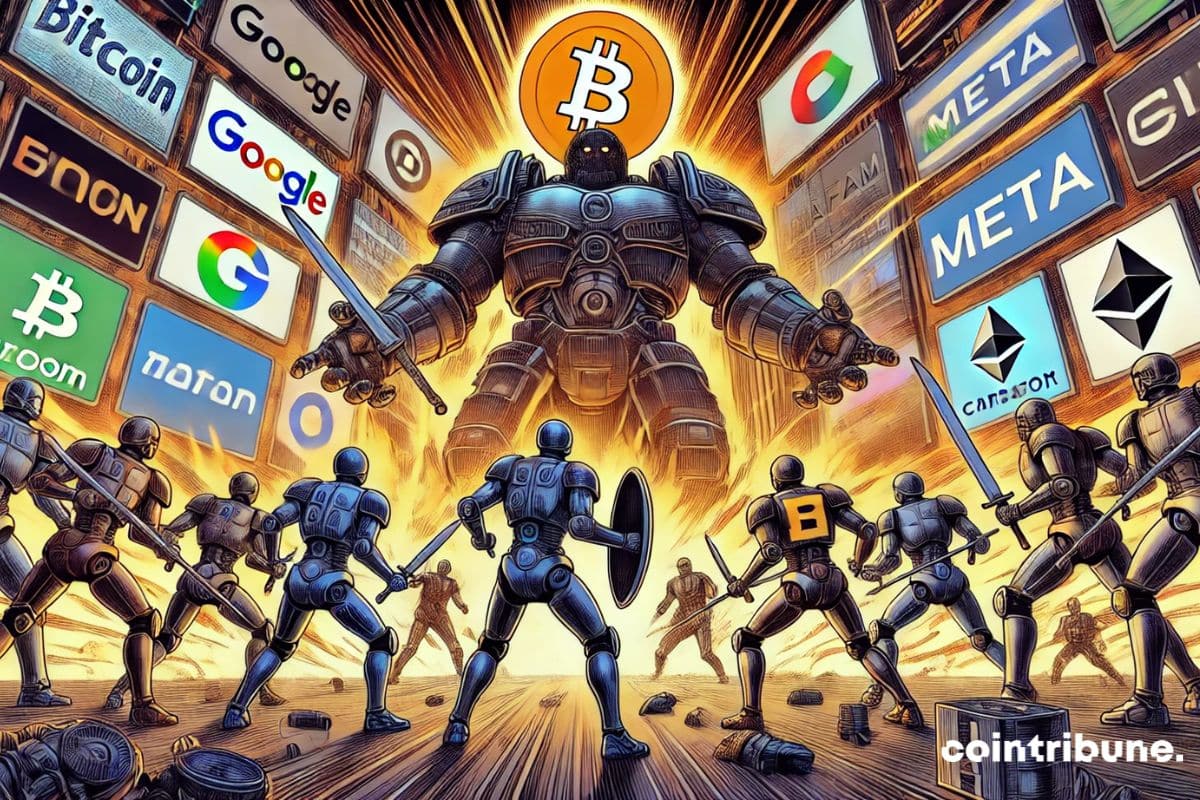The Future of Layer-1 Networks in the Age of GAFAM
Charles Hoskinson’s Concerns
Recently, the founder of Cardano (ADA), Charles Hoskinson, shared his worries about the potential dominance of GAFAM (Google, Apple, Facebook, Amazon, Microsoft) in the blockchain industry. He believes that these tech giants could soon overshadow existing Layer-1 networks and reshape the entire crypto space.
A Shift in Power
With the growing interest of big tech companies in blockchain technology, there is a real possibility that they could leverage their resources and influence to establish a dominant position in the market. This could lead to a scenario where decentralized networks like Cardano, Ethereum, and Bitcoin become secondary players, while GAFAM-controlled blockchains take center stage.
Imagine a world where Meta launches its own blockchain, Google provides decentralized cloud services, Apple introduces a crypto wallet, Microsoft integrates blockchain technology into its products, and Amazon becomes a major player in the cryptocurrency market. The landscape of the blockchain industry could be completely transformed, leaving traditional projects scrambling to keep up.
Implications for Individuals
If GAFAM does indeed assert its dominance in the blockchain space, individual users may find themselves relying more on platforms and services controlled by these tech giants. This could raise concerns about privacy, censorship, and decentralization, as these companies have a history of prioritizing profit over user autonomy.
Additionally, the increased centralization of blockchain networks could limit the opportunities for innovation and diversity in the industry. Smaller projects may struggle to compete with the resources and reach of GAFAM, leading to a consolidation of power in the hands of a few major players.
Global Impact
On a global scale, the domination of GAFAM in the blockchain sector could have far-reaching implications for economies, governments, and society as a whole. The influence of these tech giants extends beyond the digital realm, and their entry into the crypto space could reshape the financial landscape in unprecedented ways.
Regulators and policymakers will need to adapt quickly to the changing dynamics of the blockchain industry, as the rise of GAFAM-controlled blockchains could challenge existing regulatory frameworks and oversight mechanisms. The concentration of power in the hands of a few powerful entities could also raise concerns about monopolies and anti-competitive practices.
Conclusion
In conclusion, Charles Hoskinson’s concerns about the future of Layer-1 networks in the age of GAFAM highlight the evolving nature of the blockchain industry. As big tech companies increasingly explore blockchain technology, it is crucial for stakeholders to consider the potential implications of their entry into the crypto space. By staying informed and actively participating in discussions about decentralization, innovation, and user empowerment, we can help shape a future where the benefits of blockchain technology are accessible to all.





